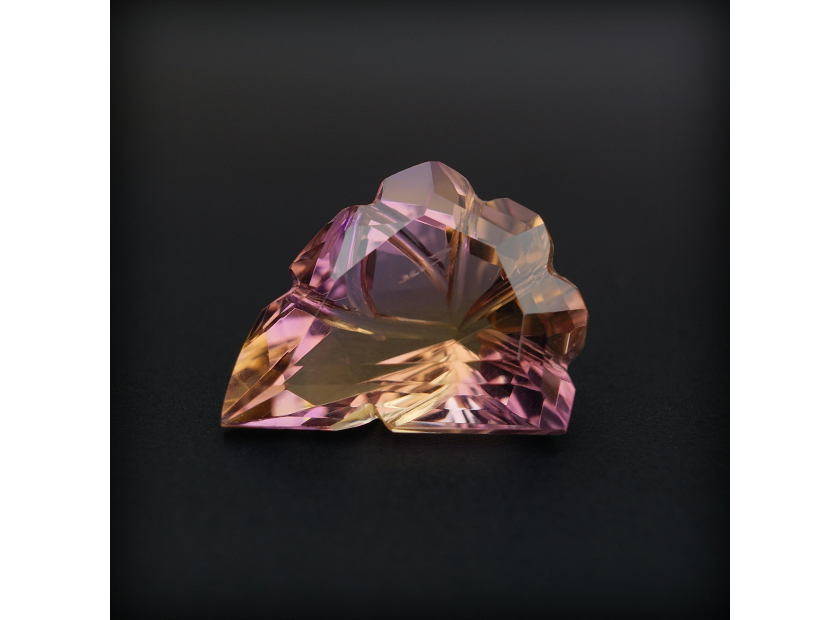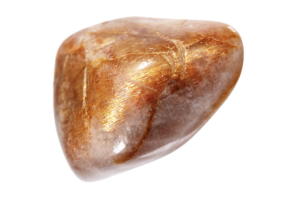USD
/
USD
/
Shipping to:
Currency:
Lab-grown diamonds are making waves in the jewelry world as a stunning, ethical, and cost-effective alternative to natural diamonds.
However, just like their natural counterparts, not all lab-grown diamonds are created equal.
If you’re investing in a lab diamond, you want to ensure it’s of the highest quality.
So, how do you identify a top-tier lab-grown diamond?
This guide will walk you through everything you need to know – from understanding the 4Cs to spotting certifications and ensuring brilliance.
Understanding the 4Cs of Lab-Grown Diamonds
Cut: The Key to Brilliance
A diamond’s cut is what gives it that captivating sparkle.
The better the cut, the more the diamond reflects light, making it shine brilliantly.
Look for diamonds with an Excellent or Ideal cut grade for the highest level of precision.
Popular shapes like round, princess, and cushion cuts often maximize brilliance.
If you’re exploring different diamond cuts, check out the round lab-grown diamond search and cushion lab-grown diamond options to see stunning examples.
Clarity: Spotting Imperfections
Clarity refers to how free a diamond is from inclusions (internal flaws) and blemishes (surface imperfections).
Even lab-grown diamonds can have tiny inclusions, though they tend to be fewer than those found in natural diamonds.
Clarity is graded on a scale:
- FL (Flawless) and IF (Internally Flawless): Virtually perfect.
- VS (Very Slightly Included): Minimal inclusions, often invisible to the naked eye.
- SI (Slightly Included): Noticeable flaws under magnification but still good for budget-conscious buyers.
For clarity perfection in fancy shapes, explore the pear lab-grown diamond selection or the stunning radiant lab-grown diamonds.
Color: Picking the Right Shade
Lab-grown diamonds are graded for color on the same scale as natural diamonds, from D (colorless) to Z (light yellow or brown).
Colorless diamonds (D-F) are the most desirable and typically the most expensive.
You can browse fancy-colored diamonds to explore some beautiful, vibrant options.
Carat Weight: Balancing Size and Quality
Carat weight measures the diamond’s size, but bigger doesn’t always mean better.
For timeless shapes, explore the exquisite oval lab-grown diamonds or emerald lab-grown diamond designs.
Look for Certification from Reputable Labs
Certification provides assurance that your diamond has been graded by an unbiased, professional gemological lab.
Trusted organizations include:
- IGI (International Gemological Institute): Known for its accuracy in grading lab-grown diamonds.
- GIA (Gemological Institute of America): A respected authority in diamond certification.
Check for Brilliance and Sparkle
The brilliance of a diamond is what makes it so mesmerizing.
To test brilliance:
- Look at the diamond under natural light – it should reflect white light vividly.
- Under artificial light, look for fire (flashes of color) and scintillation (sparkling movement).
Evaluate the Setting
A high-quality diamond deserves a setting that complements its beauty.
For inspiration, browse stunning engagement ring options that pair perfectly with high-quality diamonds.
FAQs
- Are lab-grown diamonds graded the same as natural diamonds?
- Yes, lab-grown diamonds are graded using the same 4Cs: cut, clarity, color, and carat weight.
- Do lab-grown diamonds lose their quality over time?
- No, lab-grown diamonds are just as durable and timeless as natural diamonds.
- Are lab-grown diamonds more affordable than natural diamonds?
- Yes, lab-grown diamonds are typically 30-40% less expensive than natural diamonds of the same quality.
Conclusion
By understanding the 4Cs, checking for certification, and evaluating brilliance, you can confidently choose a diamond that offers beauty, quality, and value.
Lab-grown diamonds provide an ethical, affordable, and breathtaking option that you’ll cherish forever.








